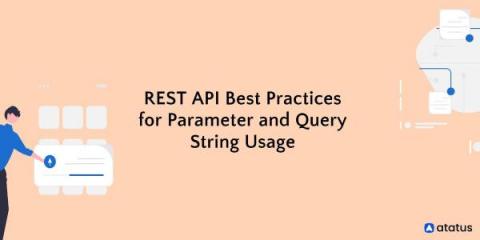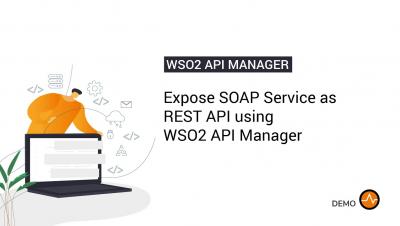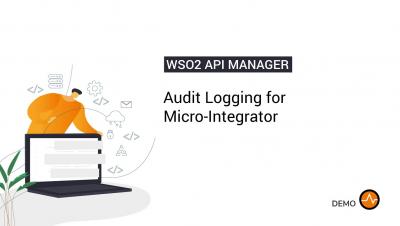Systems | Development | Analytics | API | Testing
API
Cloud-Native Kafka and Data Pipelines with Danica Fine
REST API Best Practices for Parameter and Query String Usage
Over the last ten years, APIs have grown in popularity and utilization. They've evolved into critical components of application infrastructure, and as businesses continue to use and build them, good API architecture will become increasingly important. A smart API design helps performance and the overall developer experience, whether they're public or internal. The most common APIs employ HTTP requests to access and use data and follow a RESTful architecture.
Expose SOAP Service as REST API Using WSO2 API Manager
Audit Logging for Micro-Integrator
Performance optimization techniques used in Asgardeo - Part 01
This post explains the approaches we used to improve performance in our application. This knowledge will also assist you in applying these strategies to your projects as required. Please keep in mind that this post series focuses solely on the front end. According to the official website, Asgardeo is an IDaaS that allows developers to create seamless login experiences in minutes.
Composing Effective Consumer Onboarding Workflows, Part 1
Consumer onboarding is one of the, if not the most, important functions of a customer identity and access management (CIAM) solution. An overly complicated onboarding workflow significantly detracts from the consumer experience. Providing an effective, engaging and efficient onboarding workflow without compromising security has always been a challenge among security and risk professionals.
Composing Effective Consumer Onboarding Workflows, Part 2
In part 1 of this series, we introduced the three most common abstract workflows based on the method in which they are initiated. But what makes an abstract workflow a concrete workflow are the different types of components that make up the workflow. In this article, we will take a look at these components.
APIs and Logistics: How APIs Are Changing the Face of the Logistics Industry
API Rate Limiting: How to avoid hitting rate limits in API integration
When talking about API integration, the matter of API rate limiting is unavoidable. Researching what the rate limits of the APIs you’re going to ‘consume’ in your integrations are should be part of your overall preparation for the development of your project scope. It is also a crucial detail to know when you will be designing your integrations; rate limits will define early on what mechanism you need to implement to avoid hitting them in the first place.









